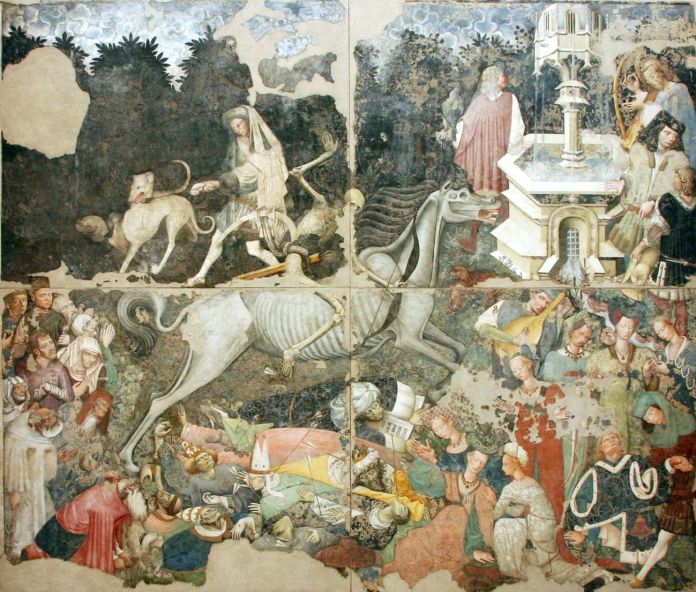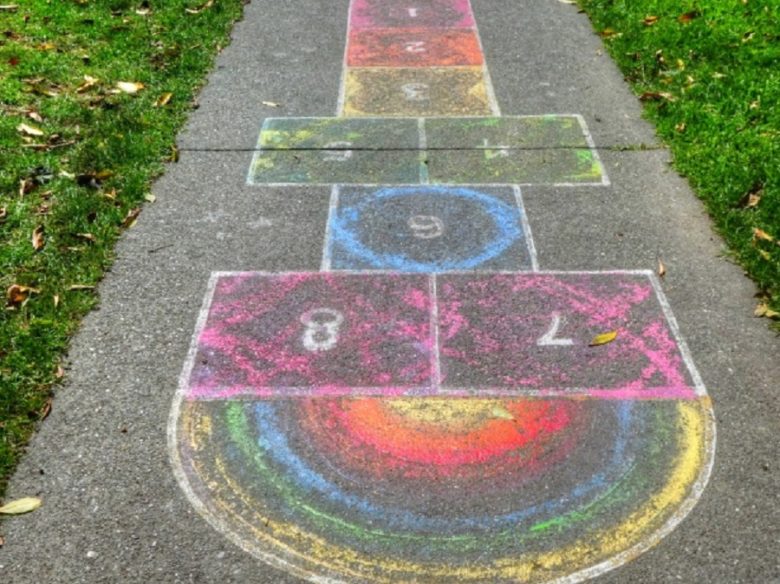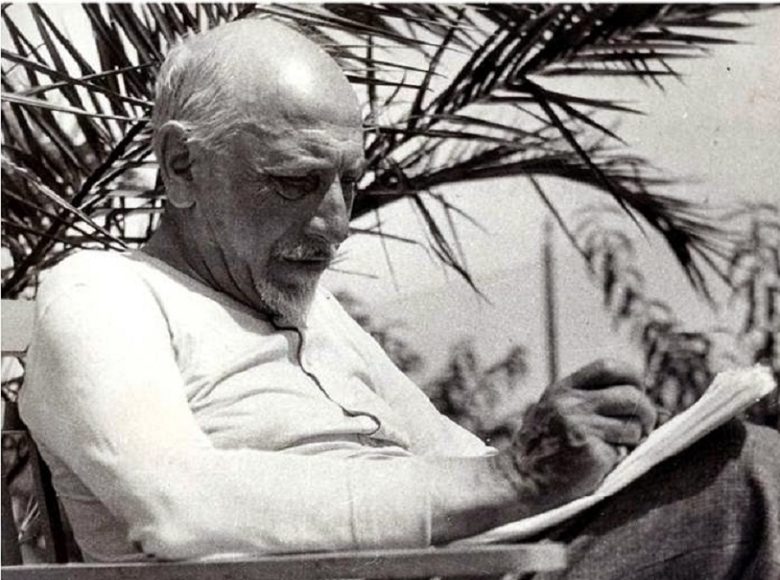Genesis of a masterpiece: how Picasso’s Guernica was inspired by a Sicilian painting
According to those who were close to him at that time, Picasso had in mind the fresco Il Trionfo della Morte (The Triumph of Death), now preserved in Palazzo Abatellis (Palermo). An unexpected bond between the two masterpieces appears in the composition and portrayal of an imminent Death
It is well known that great masters often look back to the past, but it is less known that Picasso was inspired by a Sicilian fresco to realize his Guernica. According to a popular story, on 26th April 1937 the Basque town was hardly damaged and destroyed during The Spanish civil war. The only surviving symbol was the Germikako Arbola (in Basque: Tree of Guernica), which represents the freedom of its people.
Picasso was 55 years old when he learnt about it. He was already one of the most famous painters in Spain and managed in absentia the Prado Museum of Madrid. The government commissioned him to make a mural representing Spanish people for the Universal Exhibition of Paris, which would have taken place in the month of June of that year. If the painter was in despair for being unable to finish the work in a few months, his creation became feverish when he learnt about Guernica. On the 1st May he made a first sketch portraying a bull, a small bird, a horse and a woman holding a light bulb. While he was painting in the study located in 7 Rue des Grands-Augustins, his lover Dora Maar shot the genesis of this masterpiece. Guernica, exhibited in all the world’s leading museums, after much wandering, now rests in the Reina Sofia Museum of Madrid, where thousand people every day admire the most violent and tragic representation of war.

By observing Guernica, art historians have wondered for years whether the painter was inspired in a way by Il Trionfo della Morte (The Triumph of Death), which at the time was preserved in Palazzo Sclàfani (the first public hospital in Palermo) and now in Palazzo Abatellis. This masterpiece made by an unknown painter between 1440 and 1450, is a unicum of the city of Palermo of that time and has a strong European influence in style and topic. A Babel of styles which has confused the critics for ages, together with an impartial and avenger representation of death, shows the dead people performing a danse macabre and livings going hunting, reading or playing an instrument without even care of Death. It’s impossible not to notice the great similarity between the horse of Guernica and one at the center of The Triumph of Death.
The Cubist fragmentation revives in the lines used by this unknown artist to make his skeleton horse neighing in vain. Pain and despair are fundamental in both works: if in the Spanish one the main protagonist is a tragedy due to an unfair and incomprehensible death, in the Triumph it is the death which breaks humans, whose faces don’t communicate only despair, but also a sort of serenity for the peace which has finally come. The artist Renato Guttuso, who was a good friend of Picasso, in an essay entitled The Great Sicilian Equalizer (1986) and dedicated to the painting in Palermo, affirmed: «Once I had a talk about it with Picasso. He knew this fresco by illustrations but hasn’t ever seen it personally». As a confirmation, Fabio Carapezza (Guttuso’s adopted son) claimed to have learned this fact by his father in the presence of Cesare Brandi, the creator of the theory of restoration in Italy. Guttuso himself tried to create a great painting which he defined: «A sort of cross between The Triumph of Death and Guernica».
The bond between the two works is undeniable, although they are distant in space and time. In both cases Death is an impartial avenger which equally hits both rich and poor people, powerful and weak ones. It hurts and sometimes it becomes a relief, it devastates and destroys, even silence comes along with it, letting people honor their fallen loved ones in peace.
Translated by Daniela Marsala



